The boiling water tap hit the market back in 1992, when a Dutch engineer launched his first version in the Netherlands through his company, Quooker (pronounced “cooker”). The taps took a while to catch on in England, where proper tea-making borders on religion and opinions differed on whether the water produced by the taps was quite hot enough for tea. But the biggest challenge lay in convincing consumers that the taps were safe. Only now are boiling water taps becoming known in the United States, where several manufacturers offer different models.
The idea is pretty simple: A small electric tank, installed under the kitchen sink, keeps the water at a high temperature. The attached faucet is mounted at countertop level on the sink (it might be necessary to drill a new hole for this). You press a button or turn a tap and instantly get water that’s almost boiling—not quite 212°F, but close to it at around 190–210°F, and it can be set lower. So if you’re accustomed to filling a kettle and waiting for it to boil, or standing around while the microwave does its thing, or cranking up a burner under a giant pasta pot, you can bypass all that. Read on to find out if a boiling water tap is right for you.

Above: Boiling water taps are good enough for the world’s most celebrated cook: The renowned Danish chef René Redzepi has a Quooker faucet in the kitchen of his Copenhagen home, shown here. Read more in Expert Advice: Nadine Redzepi’s Secrets to a Well-Ordered Home Kitchen.
Why would I want a boiling water tap?
For the sheer convenience. It will save you time in the kitchen, since you only need to press a button or twist a tap to immediately fill a cup of close-to-boiling water for your cuppa tea or hot chocolate. You can quickly fix some instant ramen, top up a big pot to cook spaghetti, or thaw a frozen steak. Other uses will soon materialize, such as loosening a stubborn jar lid, cleaning out containers for recycling, or even steaming away sinus congestion. Some of the high-end boiling water taps come with a water filter and even dispense chilled water as well.
Proponents claim that a boiling water tap saves energy, since it doesn’t heat more water than you’ll use—as opposed to, say, filling a kettle when you only need a cupful. (If you don’t typically overfill the kettle, however, this may not apply.)

Is a boiling water tap dangerous in a kitchen?
You might worry about someone being scalded, especially if you have young children around. But the taps all have very effective safety mechanisms to avoid accidents. The Quooker, for example, has a childproof handle that has to be pushed in before it will turn; the spout is insulated so it doesn’t get too hot to the touch. Other taps have various safety-lock functions. And the water is released in an aerated spray that’s less likely to burn.

Does a boiling water tap need special plumbing or wiring?
Since you’re installing it in a sink, you already have hot and cold water lines in place. And if you have a dishwasher or garbage disposal unit nearby, the necessary electrical outlet is probably there as well. But while most manufacturers say that DIY installation is fairly easy, buyers—unless they’re handy—generally opt for professional installation.

temperature from 160°F to 210°F.
Does a boiling water tap have to be installed in its own sink?
No, it can go under your regular sink—as long as you have enough room there for the tank (tank size varies depending on the capacity; some are sold separately from the faucet). Otherwise, you could install the tap on a small bar sink, if your kitchen has one—assuming the tank will fit underneath.

What makes a better cup of tea: a kettle or a boiling water tap?
It’s hard to find consensus in the UK, where the perfect cup of tea is a fraught topic. Among the UK user comments on boiling water taps are complaints that “the water isn’t as hot as it is from the kettle, so your drinks don’t taste right” and “something’s missing from the ceremony of making a cup of tea.” But others in the sceptered isle insist “Plenty hot enough for tea!” and “wouldn’t be without it.” In general, American tea drinkers are probably less… finicky, and most will take quickly to the new gizmo.

How much do boiling water taps cost?
Prices in the US have dropped considerably since the first taps became available. Basic models start at around $140; others fall in the $250 to $400 range. The Quooker, however—the granddaddy of the boiling water tap—can set you back more than $2,000.
Is a boiling water tap worth the money?
That depends on how much you value convenience, saving time, and the ability to impress your friends and relatives. Apparently, even those who are skeptical at the outset soon can’t conceive of life without their boiling water tap. But before you buy, read up on consumer reviews and user comments. Boiling water taps may be life-changing, but some brands may need frequent repairs.
To see hot water dispensers in situ, see Kitchen of the Week: A Culinary Space in Copenhagen by Garde Hvalsøe and Steal This Look: A Star Chef’s Scandi Kitchen.
And read on about faucets and taps:
- Domestic Dispatches: Why Your Kitchen Needs a Pot Filler Faucet
- 10 Easy Pieces: Architects’ Go-To Modern Kitchen Faucets
- 10 Easy Pieces: Best Budget Kitchen Faucets
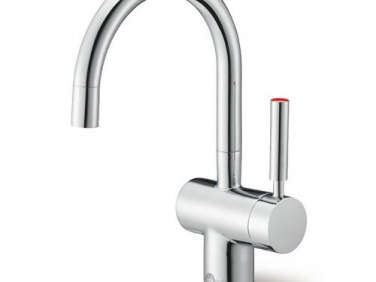
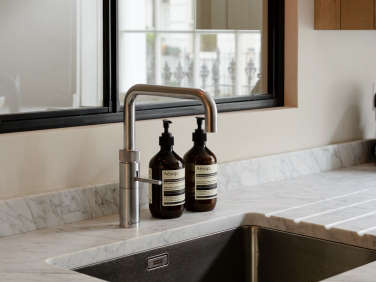
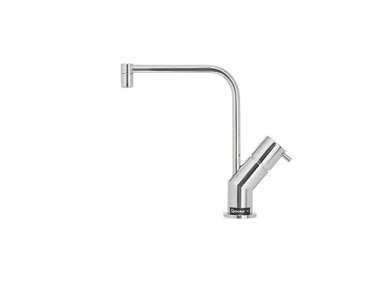
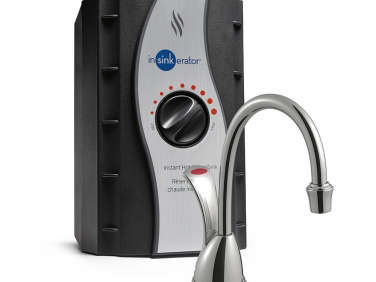

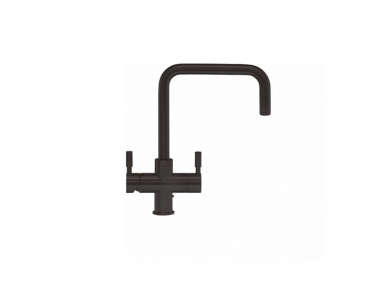

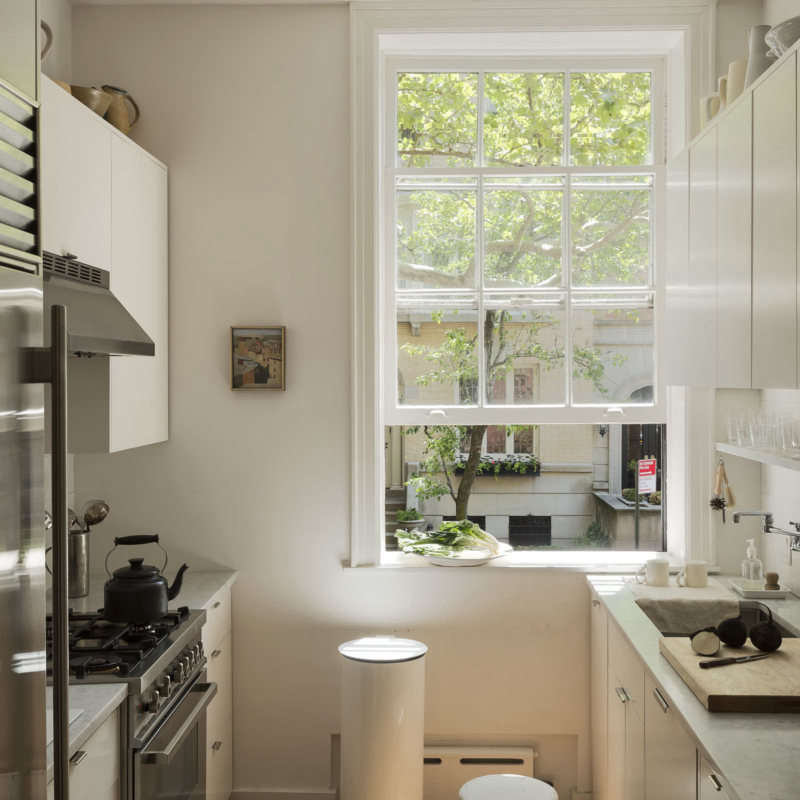
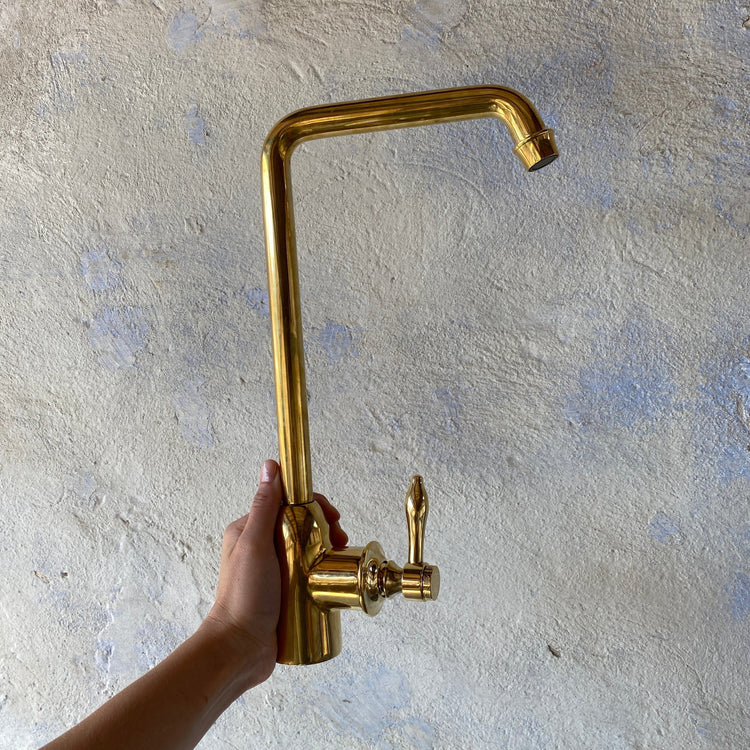

Have a Question or Comment About This Post?
Join the conversation (2)